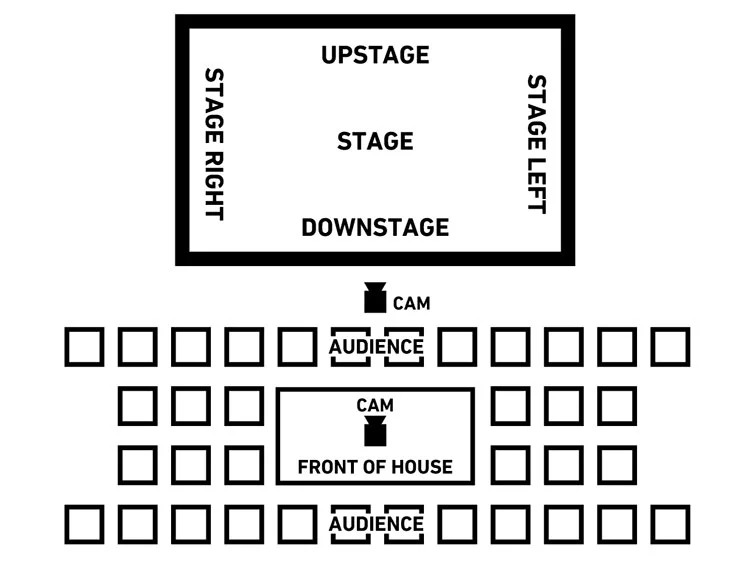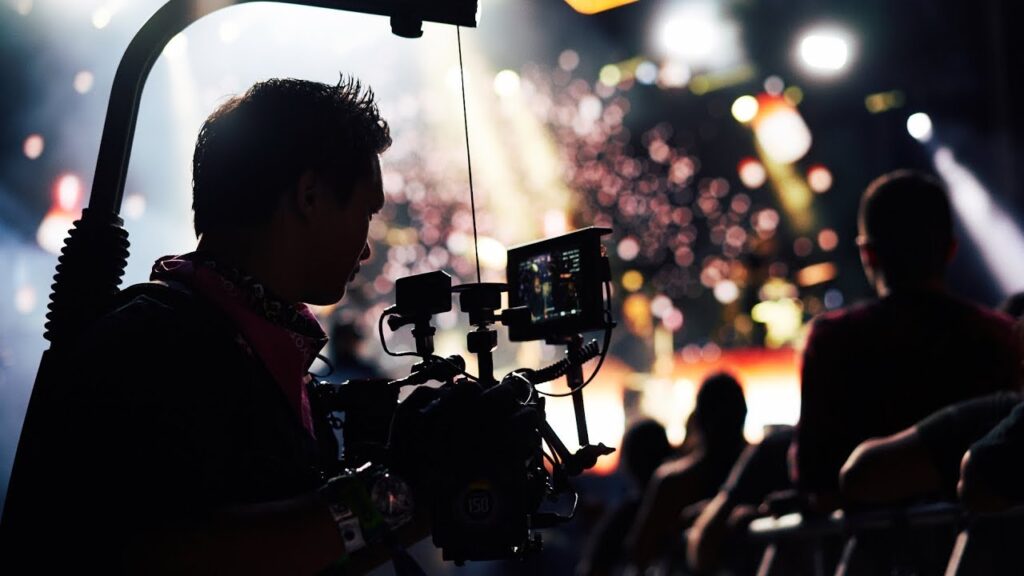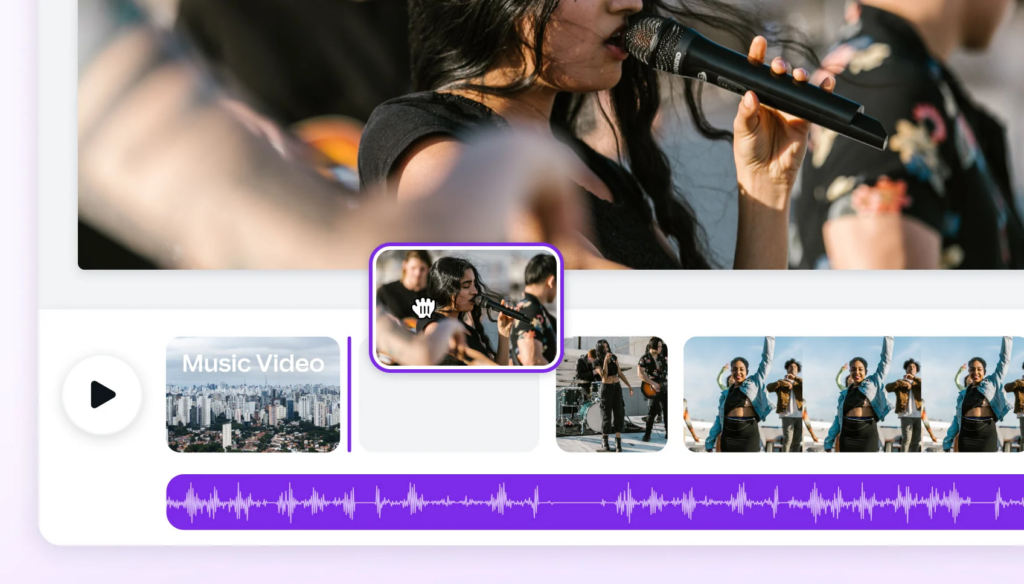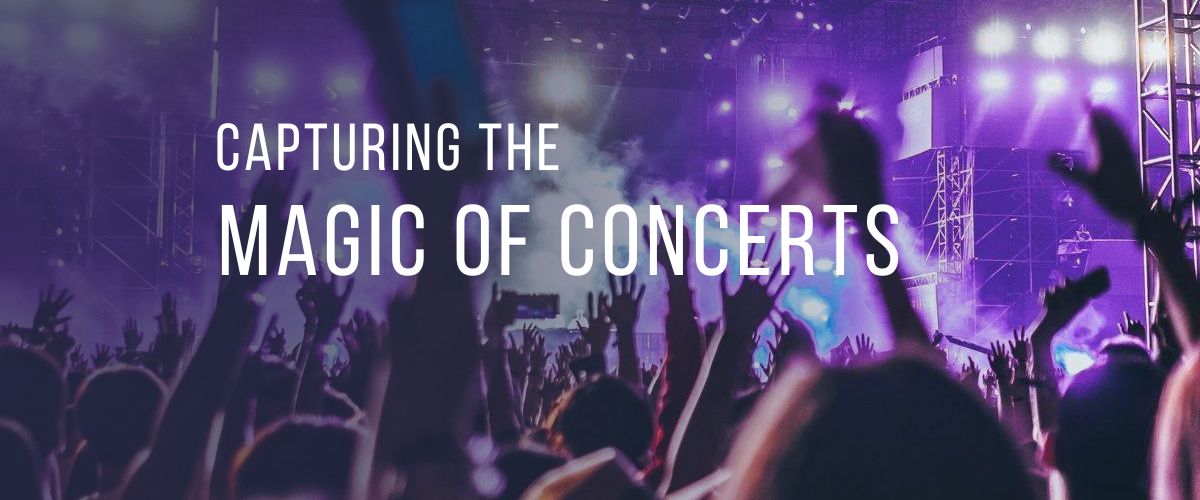Concerts are electrifying events that offer a unique experience to both performers and audiences. As an event organiser, capturing the energy and essence of a concert through video can be quite a challenge. In this comprehensive guide, we will take you through the entire process of creating engaging concert videos. From meticulous planning and selecting the right equipment to shooting techniques, and the editing process, and you’ll learn valuable tips and insights to help you capture the magic of amazing performances.
Planning

Source- premiumbeat.com
A successful concert video starts with careful planning. Collaborate closely with the artist or their team to ensure you have a clear understanding of their expectations. Discuss the concert’s theme, setlist, and any special effects or moments that need to be captured with a video production company.
The production team will create a detailed shot list, identifying key moments, possible crowd reactions, and specific shots you want to capture. Also keeping in mind, the lighting conditions, stage setup, and potential challenges they may encounter.
Plan for contingencies by having backup equipment, additional memory cards, and extra crew members. Technical issues can arise during live events, and being prepared ensures that you can quickly address any unforeseen circumstances without compromising the video quality.
Equipment
The right equipment is crucial for capturing high-quality concert videos. Here are some essential items that are a part of a high-quality concert video production:
Camera: Cameras with excellent low-light performance and the ability to handle fast-paced action. Will help. “What kind of camera?” would be a long article (or thesis) in itself, so suffice to say, something that can handle high ISO gracefully, and has in-body image stabilization will be very handy.
Lenses: Fast lenses with a wide aperture are used to capture detailed shots in low-light conditions. Versatile zoom lenses are used so that the camera operator can adjust the focal length, seamlessly transitioning between wider shots to capture the entire stage and closer shots to focus on individual performers or instruments. Wide-angle prime lenses are commonly used in live concert videography to capture expansive shots of the stage, encompassing the performers, audience, and the overall atmosphere.
Tripod: A sturdy tripod or monopod is used to keep all shots steady. A gimbal or stabilizer is used for more dynamic shots. These devices help maintain smooth and stable footage, enhancing the overall visual experience.
Crane and Dolly: A crane allows for sweeping, elevated shots that cover a wide area, while a dolly provides smooth tracking shots, following the artists or capturing the energy of the audience. These tools can elevate the visual storytelling and create visually captivating moments in your videos.
Audio Equipment: High-quality audio is captured using external microphones strategically placed near the stage and audience areas.
Accessories: Spare batteries, memory cards, and any additional accessories are used based on specific needs such as a lens hood to reduce lens flare or a rain cover to protect the equipment in case of unexpected weather conditions.
Day of Shoot

Source – i.ytimg.com
These are shooting techniques used by the video production team to get visually stunning concert video footage:
Composition: Experimenting with different angles and perspectives to add variety to the shots. Capturing wide shots to establish the atmosphere and provide a sense of scale, using close-ups to showcase the raw emotions and captivating performances of the artists.
Movement: Incorporating smooth camera movements, such as panning or tracking shots, to follow the artists as they move across the stage. These dynamic movements add a sense of energy and fluidity to the footage. An experienced team has all the tools to avoid excessive camera shake and abrupt movements that can distract from the performance.
Lighting: Paying close attention to the concert’s lighting setup is crucial for capturing visually appealing footage. The crew adjusts the camera settings to properly expose the performers, balancing their exposure with the dynamic stage lighting. This ensures that the artists are well-illuminated, allowing their expressions and actions to be clearly visible. Many venues often have lighting cues depending on the performance, see if you can access these and plan accordingly.
Crowd Reactions: The energy and excitement of the audience play a significant role in the concert experience. Shots of cheering, dancing, or singing fans are captured to convey the impact and atmosphere of the live event. These crowd reactions add an immersive element to the video, making viewers feel like they are part of the experience.
Stage Details: In addition to focusing on the musicians, the crew captures the intricate details of their instruments, their interactions with each other, and any unique stage elements that can contribute to the visual appeal of the performance. These shots provide a comprehensive view of the concert, highlighting the artistry and craftsmanship involved.
Coverage: Ensuring comprehensive coverage of the concert is essential. This involves capturing key moments from different angles and vantage points, including shots of the entire stage, individual performers, and audience reactions. A well-rounded coverage strategy ensures that no significant moment is missed and allows for more creative possibilities during the editing process.
Need a Company Profile Video, An Explainer Video, or a Product Shoot?
We’ve got a fantastic pool of experienced video creators from across India.
Whatever kind of video you need, we’ll get it done. Whatever your budget.
Editing Process

Source- canva.com
Once the production team has captured all the footage, it’s time to bring the concert video to life through the editing process. The post-production team would follow these steps to create a compelling final product:
Selecting the Best Shots: Syncing the footage from different cameras and choosing between angles to add dynamic visual variety and highlight key moments. Reviewing all the footage and choosing the best shots that capture the energy and essence of the concert. Keeping an eye for compelling performances, crowd reactions, and visually striking moments.
Enhancing Visuals: Adjusting the colour grading to enhance the mood and atmosphere of the concert. Fine-tuning the exposure, contrast, and saturation to ensure a visually appealing video.
Syncing Audio: Aligning the recorded audio with the video footage, ensuring perfect synchronization. Mixing the audio levels to balance the performer’s sound and the crowd’s reactions.
Creating a Narrative: Telling a cohesive story by arranging the shots in a logical and engaging sequence. Using transitions, such as cuts and fades, to create a smooth flow between different scenes.
Adding Visual Effects: Enhancing the visual impact of your video by incorporating graphic overlays, text animations, or slow-motion effects when appropriate.
Music Selection: Choosing the appropriate music to accompany the video. Selecting tracks that complement the concert’s genre and mood, ensuring they enhance the overall viewing experience.
Finalize and Export: Reviewing the edited video multiple times to ensure it meets the desired standards. Exporting the video in the appropriate format, resolution, and aspect ratio for the intended distribution platform.
Key Considerations
To ensure the success of your live concert video, the video team will have the following considerations in mind:
Respecting Artist Guidelines: The team will always follow any guidelines provided by the artist or their management team. Be aware of any restrictions on shooting locations or specific songs.
Etiquette: The crew will always be mindful of the audience’s experience and avoid obstructing their view or causing disturbances.
Lighting Challenges: Concert lighting can be challenging with rapid changes in colour, intensity, and movement. The camera crew will adjust camera settings accordingly and anticipate lighting transitions.
Audio Recording: The sound recordist will use a combination of ambient and direct audio sources to capture the best sound quality.
Safety: The video team will stay clear of any hazardous conditions, such as pyrotechnics or stage equipment, and maintain a safe distance from the performers and the crowd.
Creating engaging concert videos requires careful planning, the right equipment, and skillful execution. By following the steps outlined in this comprehensive guide, you can easily capture the magic of live performances and create captivating videos that resonate with audiences. Remember, each concert is unique, so adapt these techniques to suit the specific characteristics of the event. With the right event video production company, you’ll be able to produce compelling concert videos that showcase the energy, talent, and spirit of the performers and leave a lasting impression on viewers.






